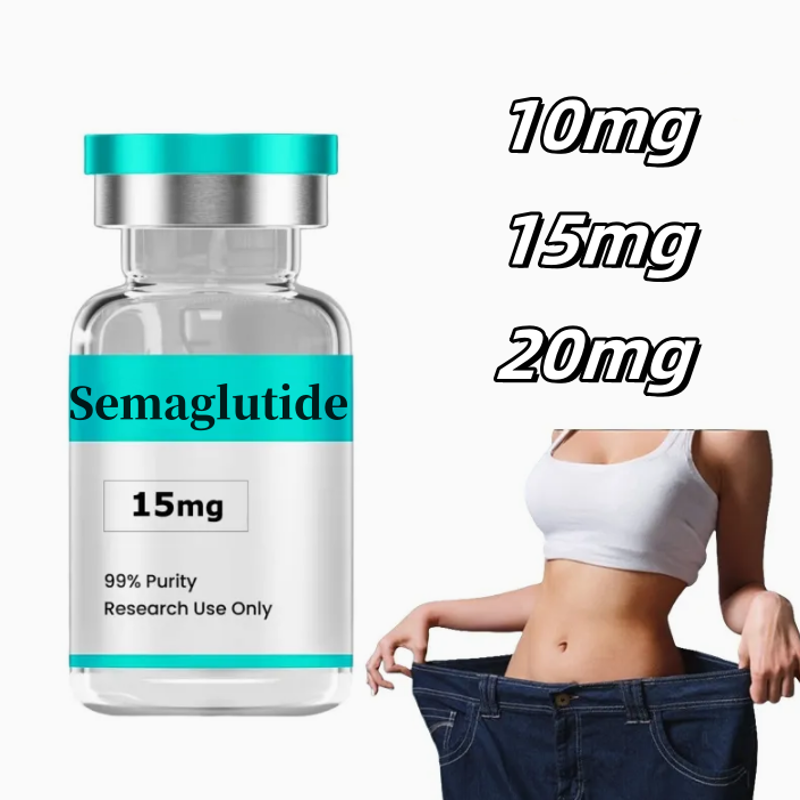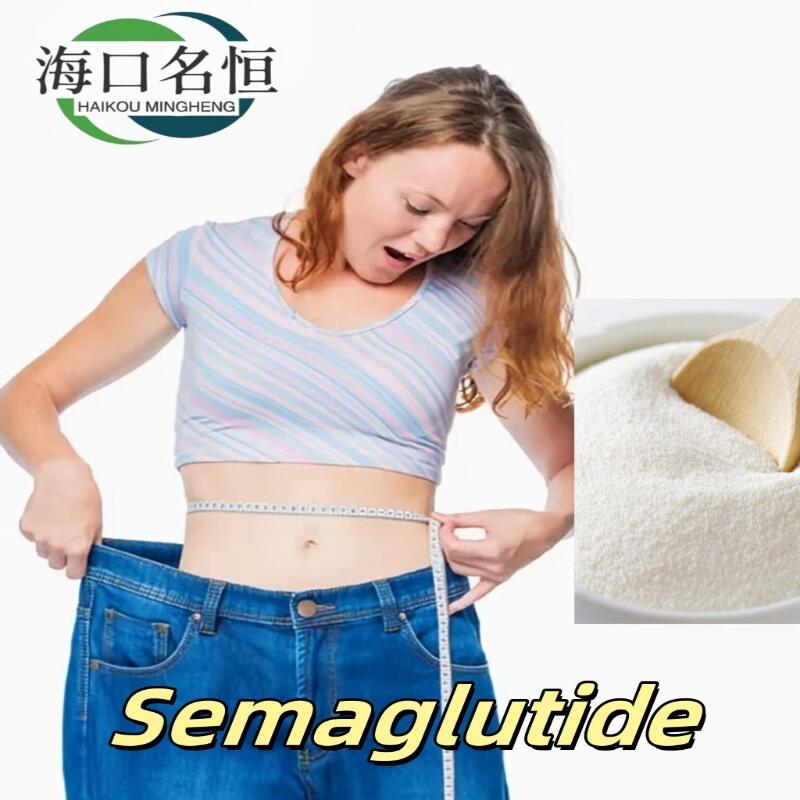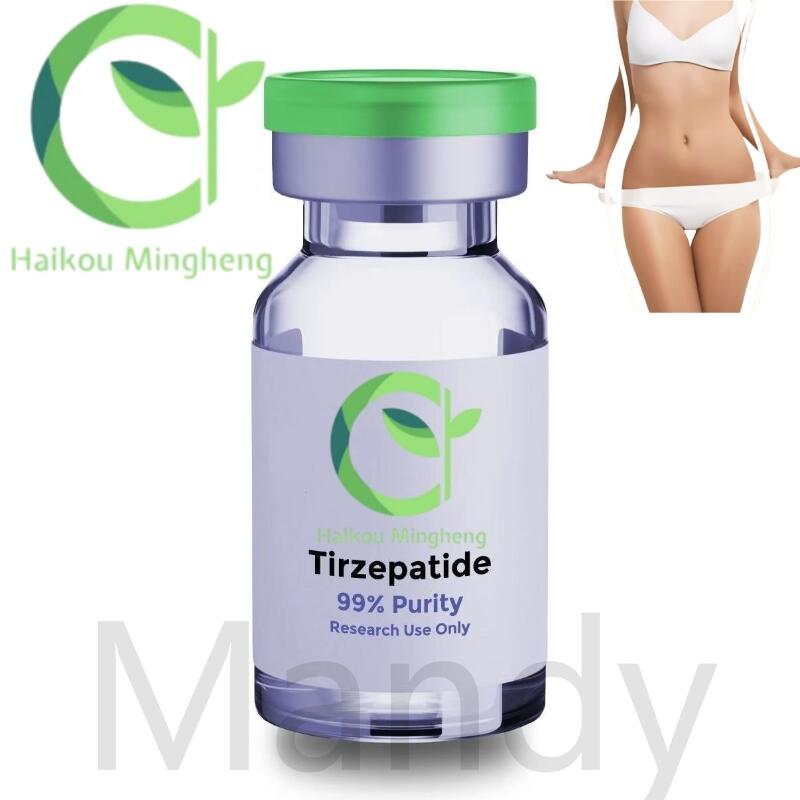Active peptide and diabetes
-
Last Update: 2019-07-26
-
Source: Internet
-
Author: User
Search more information of high quality chemicals, good prices and reliable suppliers, visit
www.echemi.com
Diabetes mellitus is a common endocrine and metabolic disease characterized by hyperglycemia, which is caused by the deficiency of insulin secretion or the damage of other biological functions When the human body is in hyperglycemia for a long time, it will lead to chronic damage and dysfunction of various tissues, especially the eyes, kidneys, heart, blood vessels and nerves With the change of life style and the acceleration of aging process, the prevalence of diabetes in China is on the rise, and it has become another chronic non infectious disease which is seriously dangerous to human health after cardiovascular and cerebrovascular diseases and tumors According to the statistics of the World Health Organization, there are more than 100 kinds of complications of diabetes, which is the most known disease More than 10% of diabetic deaths are caused by cardiovascular and cerebrovascular diseases, and 10% by renal diseases Its acute and chronic complications, especially chronic complications, involve multiple organs, cause high disability and death rate, seriously harm the physical and mental health of patients, and bring heavy burden to individuals, families and society Although there are many therapeutic drugs for diabetes, plus diet and exercise can help the stability and prognosis of diabetes, these therapeutic strategies still fail to completely and effectively inhibit the occurrence of diabetes, hypertension and its complications in the process of central blood vessels Therefore, it is of great significance to explore and develop new and safer functional active substances from natural food resources At present, many bioactive peptides have been found to have hypoglycemic effects, including endogenous and exogenous glycemic regulatory peptides Glucagon like peptides (GLPs) are the most studied endogenous glycemic regulatory peptides Among them, glucagon like peptide-1 (GLP-1) plays an important role in regulating postprandial glucose level and is a potential peptide drug for the treatment of diabetes GLP-1 is a brain gut peptide (37 peptide) secreted by ileal endocrine cells, which is currently mainly used as the target of type II diabetes drugs It was found that GLP-1 can promote the regeneration and repair of β cells, promote the transcription of insulin gene, the synthesis and secretion of insulin, stimulate the proliferation and differentiation of β cells, inhibit the apoptosis of β cells, increase the number of β cells, reduce the secretion of glucagon by α cells, enhance the sensitivity of insulin, reduce the concentration of free fatty acid, inhibit the gastric emptying, Reduce intestinal peristalsis In addition, GLP-1 can also act on the central nervous system (especially the hypothalamus), resulting in a sense of fullness and decreased appetite The various functions of GLP-1 make it an attractive prospect as a new type II diabetes treatment drug, especially because of its Glucose dependent insulin secretion promoting properties, that is, GLP-1 is released into the blood under the stimulation of nutrients, especially carbohydrates, so as to avoid the hypoglycemia risk in the treatment of diabetic patients Gastric inhibitory peptides (GIP), also known as glucose-dependent insulin-releasing peptide, is a straight chain peptide composed of 43 amino acids, belonging to the glucagon and glucagon families, with a molecular weight of 5100, which is produced by K cells of small intestinal mucosa, and together with GLP-1, it is called incretin A large number of studies have shown that GIP may play a role in the regulation of lipid metabolism balance and the pathogenesis of type II diabetes and obesity Its physiological functions are: inhibition of gastric acid secretion; inhibition of gastric protein secretion; stimulation of insulin release; inhibition of gastric peristalsis and emptying; stimulation of small intestinal fluid secretion; stimulation of glucagon secretion.
This article is an English version of an article which is originally in the Chinese language on echemi.com and is provided for information purposes only.
This website makes no representation or warranty of any kind, either expressed or implied, as to the accuracy, completeness ownership or reliability of
the article or any translations thereof. If you have any concerns or complaints relating to the article, please send an email, providing a detailed
description of the concern or complaint, to
service@echemi.com. A staff member will contact you within 5 working days. Once verified, infringing content
will be removed immediately.







